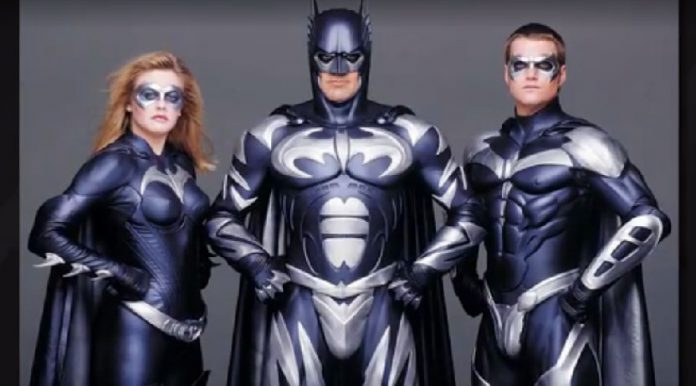ArtNewsress : Perhaps no superhero has had a more successful big screen career than Batman. Past adaptations like 1989’s Batman and 2008’s The Dark Knight are regarded as some of the best superhero movies ever made, and some of the biggest stars in Hollywood have had a turn playing either the Caped Crusader himself or one of his many iconic villains. Now a whole new generation is getting their chance, as Warner Bros. works to reboot the franchise with 2021’s The Batman, starring Robert Pattinson and Zoe Kravitz.Given the massive critical and commercial success of past Batman movies, The Batman definitely has its work cut out for it. How can director Matt Reeves and his cast escape the shadow of past Batman movies? What can The Batman do to distinguish itself from other incarnations of the Dark Knight? That’s what we hope to explore in a recurring series called Rebuilding the Batman.
First up, let’s look at how introducing a happier, more well-adjusted Batman may be the most significant and important way in which The Batman can blaze its own cinematic trail.
Batman’s History of Happiness
Whether you look to the comics themselves or adaptations like Christopher Nolan’s Dark Knight trilogy or the Arkham games, most incarnations of Batman in the 21st century follow a similar pattern. Batman is almost always portrayed as a dark and brooding figure. He’s tormented by the deaths of his parents and fully committed to his war on crime, to the point where he’s become an antisocial recluse who drives away girlfriends, sidekicks and basically everyone in his life besides the faithful Alfred Pennyworth. He doesn’t get along well with his Justice League comrades and almost never smiles. This has been the default portrayal for so long it’s almost hard to remember a time when there was anything else.
But it wasn’t always like this. While the very earliest Batman comics were pretty dark (even featuring the Caped Crusader killing his enemies), by the time Robin debuted in 1940 the franchise was firmly in kid-friendly territory. In fact, it wasn’t until Frank Miller’s 1986 graphic novel The Dark Knight Returns that the idea of Batman as a grim and gritty avenger of the night really started to take root. Even though that story features an older Bruce Wayne in an alternate universe setting, many comic creators began following his example. Tim Burton’s Batman movie helped further popularize the idea of a darker Batman outside the comics, paving the way for where we are now.
But before the mid-’80s, Batman was a very different character. As strange as the campy, happy-go-lucky tone of the 1966 TV series may seem now, that was much more in line with the comics of the time. Even after Bat-Mania faded in the late ’60s and the comics began to trend in a relatively darker direction again, Batman was still painted as more swashbuckling detective than tortured vigilante. He still yearned to find love and one day end his nightly crusade. He genuinely enjoyed his team-ups with Robin and the Justice League. He actually smiled from time to time.
Even though grim and gritty Batman has become the default in this post-Dark Knight Returns world, some comic storytellers have begun tapping into that older, lighter era. The recent Batman Universe is a fun romp that reads like a throwback to a simpler time for the Caped Crusader. And as bleak as Tom King’s long Batman run could be, the series ultimately ended with Bruce choosing to be happy and embrace his romance with Catwoman. Maybe it’s time for the movies to undergo a similar shift.
























